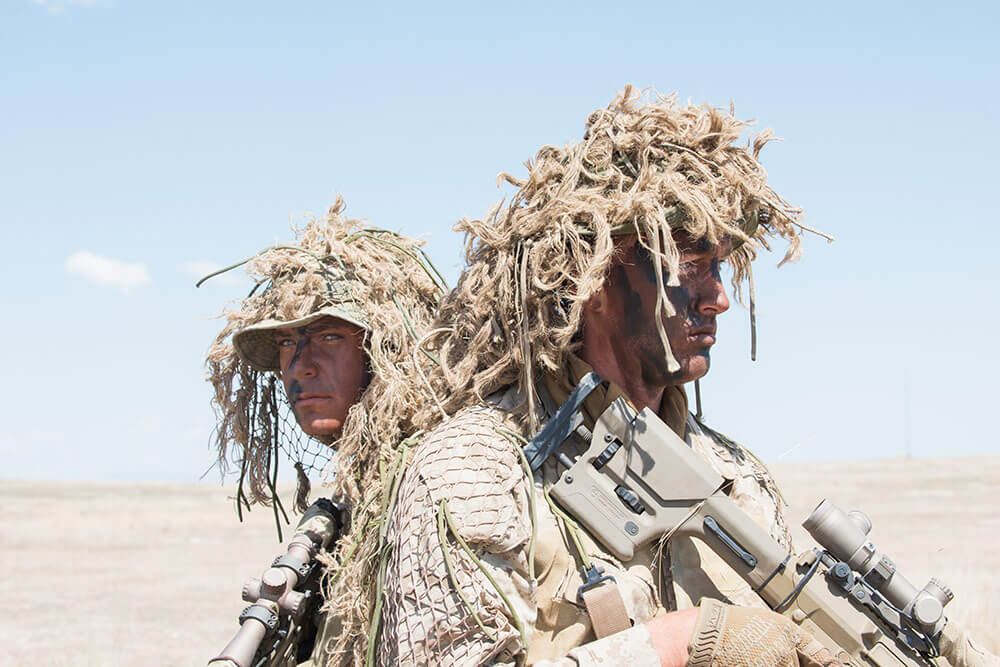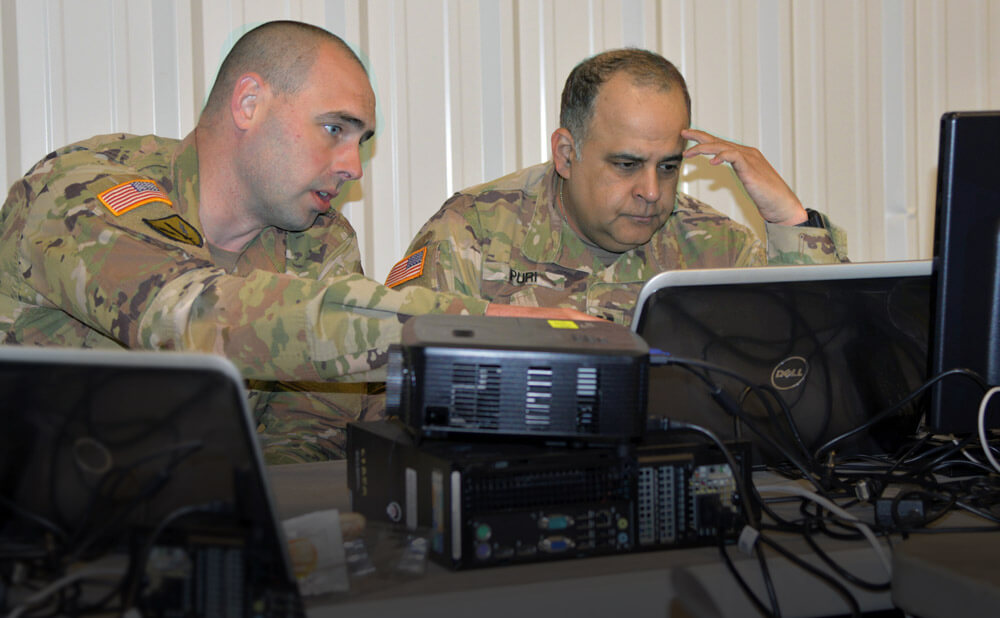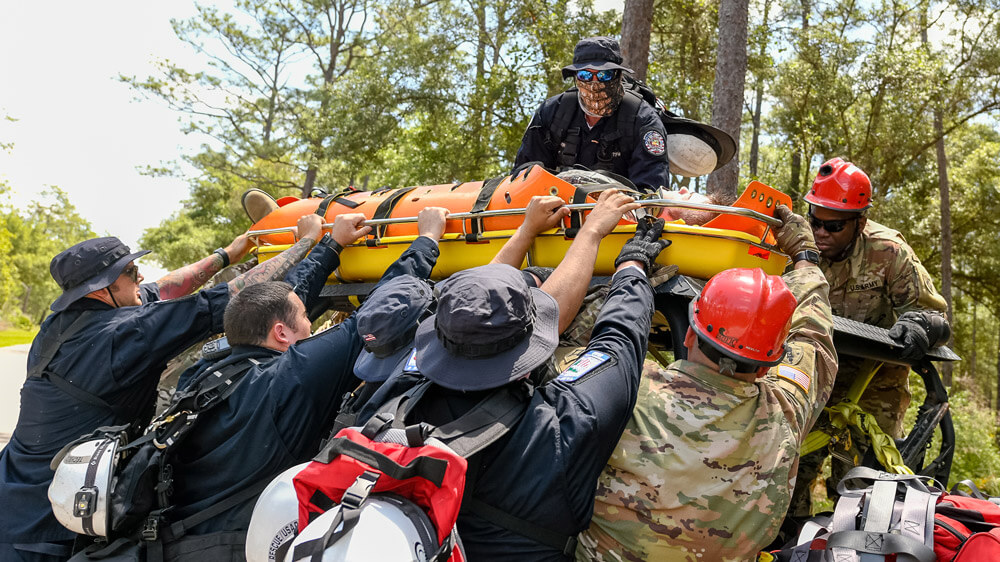Hidden beneath twigs and weeds, three snipers are flat on the ground, dirt and grime on their faces. It’s a 90-degree day. A drip of sweat rolls down into the lead sniper’s eye, making it sting and smearing the camouflage paint.
All that can be seen in the bundles of cheat grass is a pair of steady, intense eyes. He does not blink and is completely silent and still. “I have eyes on the target,” whispers SSG Matt Koerner, lead sniper section sergeant. “Calling it in.”
The Idaho Army National Guard was recently tasked with forming a small sniper scout platoon, the first ever for the 2nd Battalion, 116th Cavalry Brigade Combat Team (CBCT).
“It’s our very first sniper platoon for Idaho, and one of the challenges is finding qualified individuals,” said MAJ Jason Gracida, 2nd Battalion, 116th CBCT commander. “Once we get them through sniper school, then they can come back and teach those younger future snipers.”
The job of a sniper requires extensive training, intense attention to detail and complete discipline with stillness. The sniper risks exposure if he or she moves too quickly. If a bug crawls onto the sniper’s face, he or she has to resist the urge to scratch as it tickles the skin.
The platoon, established one year ago, started with two previously qualified instructors. This year marks the platoon’s first training in the field and coincides with the 116th Brigade’s two-week annual training at the Orchard Combat Training Center in Boise. The two qualified snipers have spent the past year training the new platoon.
“Our instructors have done a fantastic job training the platoon, putting them through the wringer,” MAJ Gracida said. “Those two have worked tirelessly to get them ready for their first lane today. This is the first time they have ever actually employed sniper lanes, heading toward a certain area to begin their stalk.”
Stalking is a stealthy, exceedingly slow crawl. The sniper uses an extreme amount of detailed focus to remain undercover and hidden. As they creep slowly, inch by inch, it can take up to two hours just to move 10 feet. Snipers wear a ghillie suit, which is a uniform sewn together with fabric resembling vegetation to blend in with their surroundings.
“It’s called ‘vegged up,’” SSG Koerner said. “We grab weeds and sticks from the environment, cut them and attach them to the ghillie suit.”
Using high-powered optic binoculars and rifle scopes to scout the surrounding area, snipers locate the high-value target and call the battalion commander to notify him that the target has been found. Then they wait for further instructions.
“The effective sniper team has to be able to move into an area, remain undetected and report enemy activity,” SSG Koerner said. “Get in and get out, unseen.”
By MSG Becky Vanshur, Idaho National Guard



